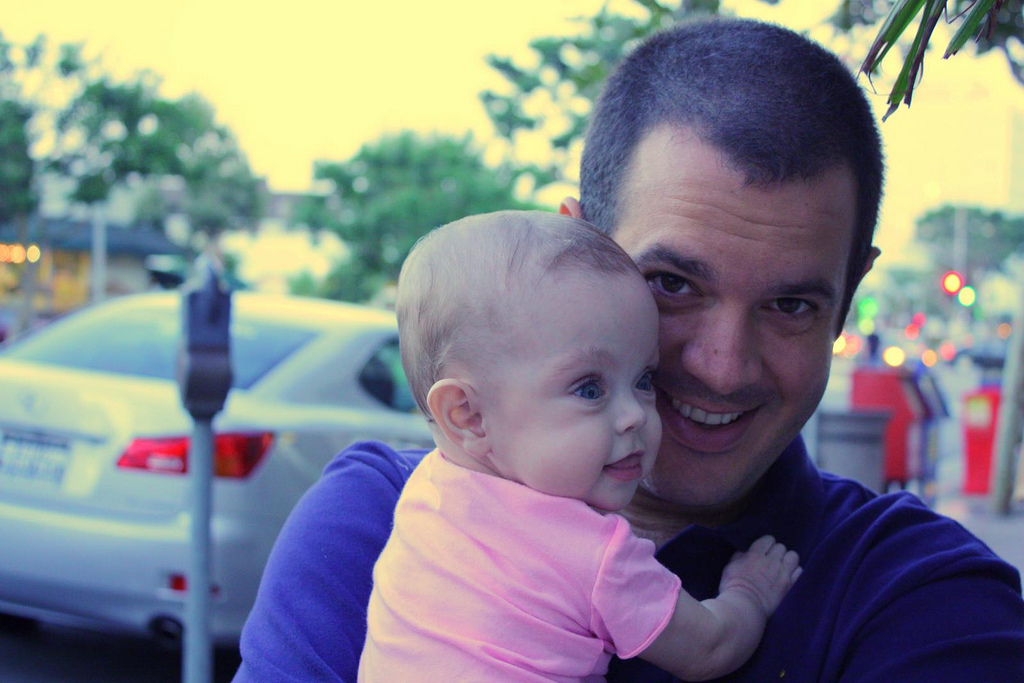 By Christina Orlovsky
By Christina Orlovsky
Ask a young girl what she wants to be when she grows up, and top answers are often a teacher or a nurse, which are professions that have been associated with women throughout history. Ask a young boy the same question and neither answer is likely to be given.
Ask Christopher Lance Coleman, PhD, MS, MPH, FAAN, and he’ll tell you that inequity has to change.
Coleman, an associate professor of nursing and multicultural diversity at the University of Pennsylvania School of Nursing in Philadelphia and the author of Man Up! A Practical Guide for Men in Nursing, is a strong advocate for recruiting males into the nursing workforce and empowering them to pursue leadership roles. His new book serves as a roadmap for men seeking to break into the predominantly female nursing profession.
“I believe men need a guide, a blueprint to use to navigate through the complexity of specialty choice and a culture where, frankly, a gender disparity still exists,” Coleman explains. “This is an opportunity of a lifetime for men not only to change the face of nursing in the 21st century, but also to reshape the public image that nursing is a women’s profession.”
In fact, while the most recent numbers show that men are still a clear minority in the nursing field, an uptick is occurring. According to a 2012 U.S. Census Bureau study, “Men in Nursing Occupations,” which presents data from the 2011 American Community Survey, the percentage of male nurses has more than tripled since 1970, from 2.7 percent to 9.6 percent. Of the 3.5 million employed nurses in 2011, 3.2 million were female and 330,000 were male. It’s a change, but, if you ask Coleman, it’s not enough.
“The startling thing is how underrepresented men still are in areas of leadership,” he says. “While the numbers of RNs has increased, when you look at the profession as a whole--heads of nursing, academia--we are still so far underrepresented. This is significant for males going through school looking for role models and seeing predominantly female leaders. I want men to know this is a viable profession and there are tremendous opportunities out there.”
Coleman believes the greatest opportunities for change are in younger men, who even at the high school level should do their research and start the conversation with their parents about the opportunities that exist for them in nursing. Ethnic minority groups, he adds, are particularly critical.
“Many ethnic minority groups, even today in 2013, still think of nursing as only a woman’s profession,” he says. “That racial disparity needs to be taken away.”
Coleman hopes that his book also opens up a dialogue among current male registered nurses. Empowering male RNs to continue to climb the ladder to leadership roles where they can influence change and serve as a new face of the nursing profession, he says, can encourage them to become the mentors male RNs need to help them succeed.
Another conversation that needs to occur in order to influence a culture shift is one between female nurses who may stereotype their male counterparts as only necessary for heavy lifting or things they “can’t” do.
“That’s a stereotype that hurts women and hurts the profession,” Coleman explains. “We don’t want nursing to be seen as a profession of the weak, we want it to be seen as a profession of the strong, because nurses are strong. We all need to do a better job of marketing ourselves--stop stereotyping and typecasting males and do more education in the hospital setting about gender diversity.”
Many men, after all, possess all the qualities required to be good nurses.
“Passion; someone with a tremendous amount of integrity; leadership skills; with a natural curiosity about the world; someone who is unafraid to take on issues that perhaps have challenged them in the past; someone who could treat someone at the end of the day how they want to be treated; and someone who cares to change the world we live in--those characteristics are essential and they transcend gender,” Coleman concludes. “Those are things I’d like to see in anyone who is interested in entering our noble profession.”
© 2013. AMN Healthcare, Inc. All Rights Reserved.
TravelNursing.com

 Among the core recommendations in the 2010 report “The Future of Nursing: Leading Change, Advancing Health” (
Among the core recommendations in the 2010 report “The Future of Nursing: Leading Change, Advancing Health” (




 determining that Maddie's lungs were immature, rushed her to the NICU. There Maddie's life hung in the balance, and though my wife, Heather, and I longed to care for her ourselves, her condition made it so that we couldn't. We had to trust the NICU nurses to take care of our baby for us, and that was incredibly hard -- especially at night when we went home to catch a few hours sleep.
determining that Maddie's lungs were immature, rushed her to the NICU. There Maddie's life hung in the balance, and though my wife, Heather, and I longed to care for her ourselves, her condition made it so that we couldn't. We had to trust the NICU nurses to take care of our baby for us, and that was incredibly hard -- especially at night when we went home to catch a few hours sleep. named Maddie (also "Bunny" or "Little Mama" as they called her), who was beautiful and strong. I could see that they considered my daughter to be amazing and a gift, and to see others felt about her as I did was incredibly meaningful to me.
named Maddie (also "Bunny" or "Little Mama" as they called her), who was beautiful and strong. I could see that they considered my daughter to be amazing and a gift, and to see others felt about her as I did was incredibly meaningful to me.